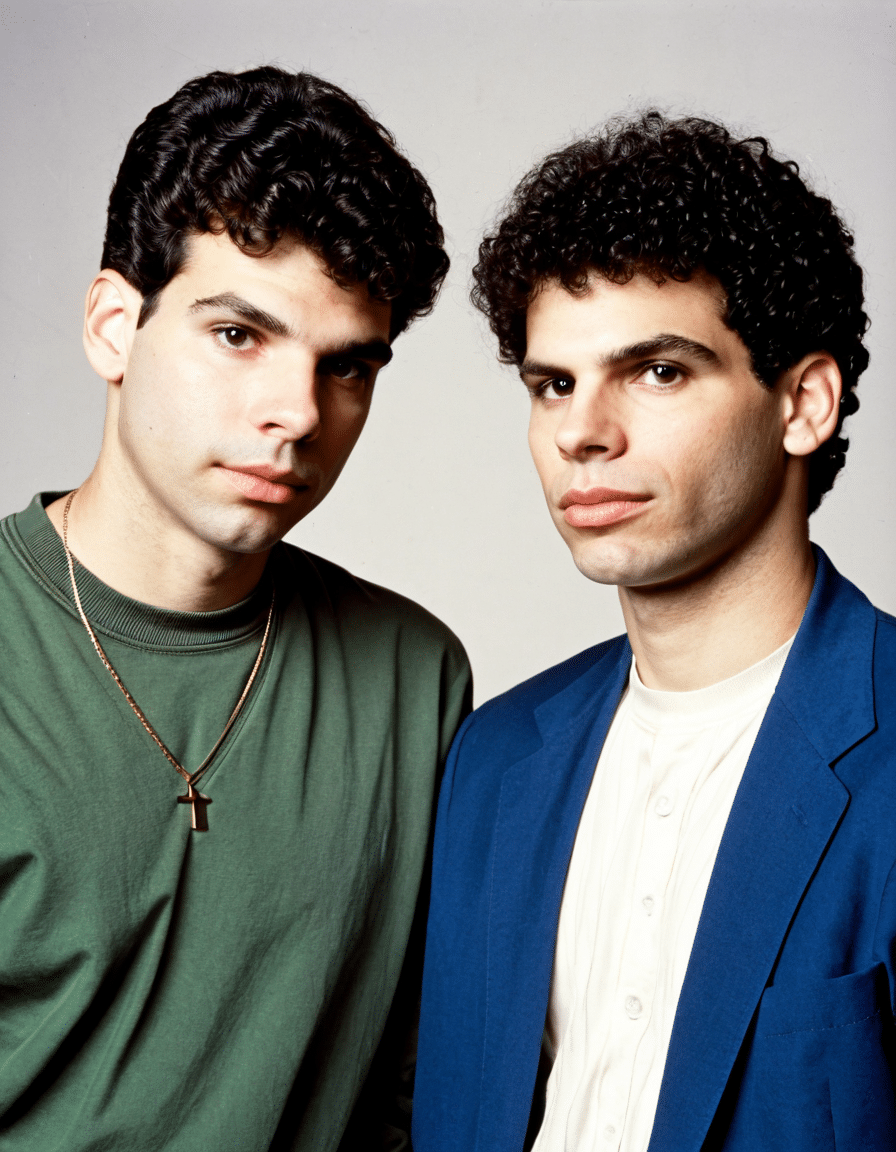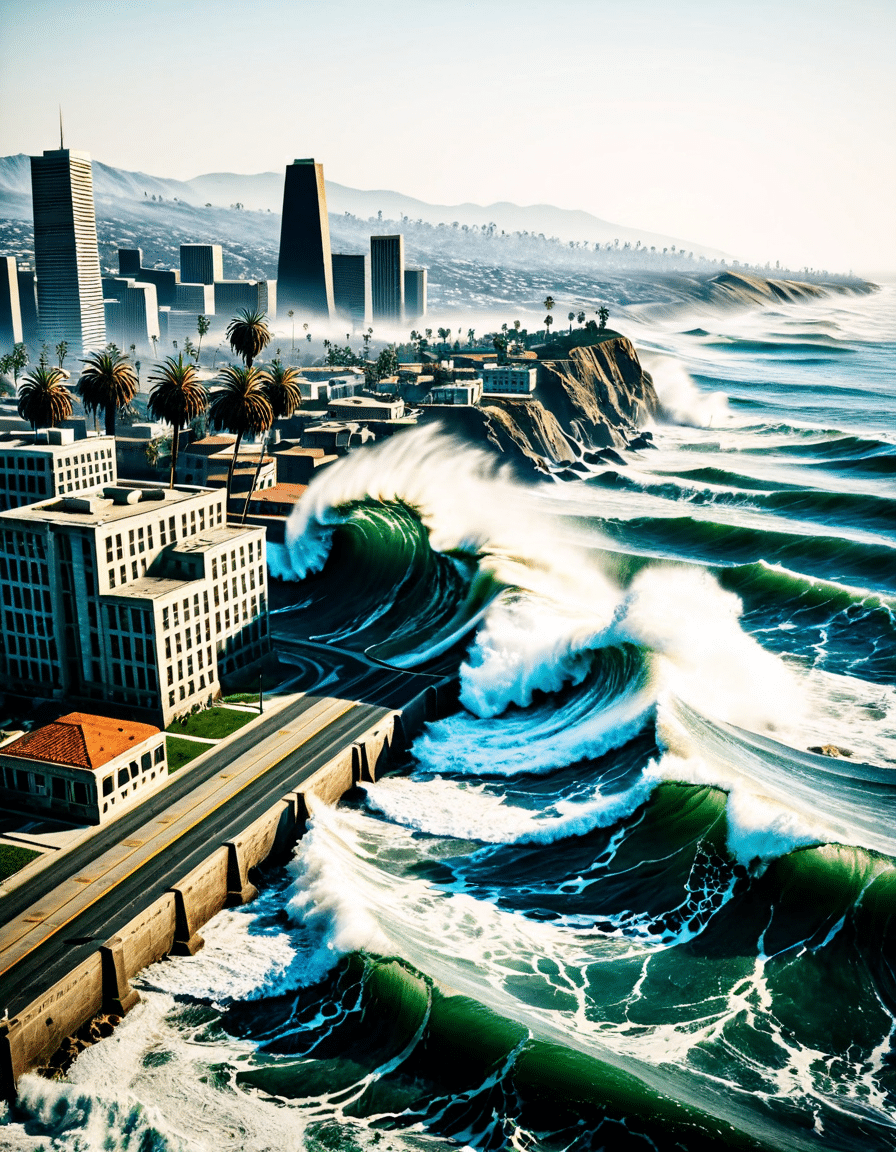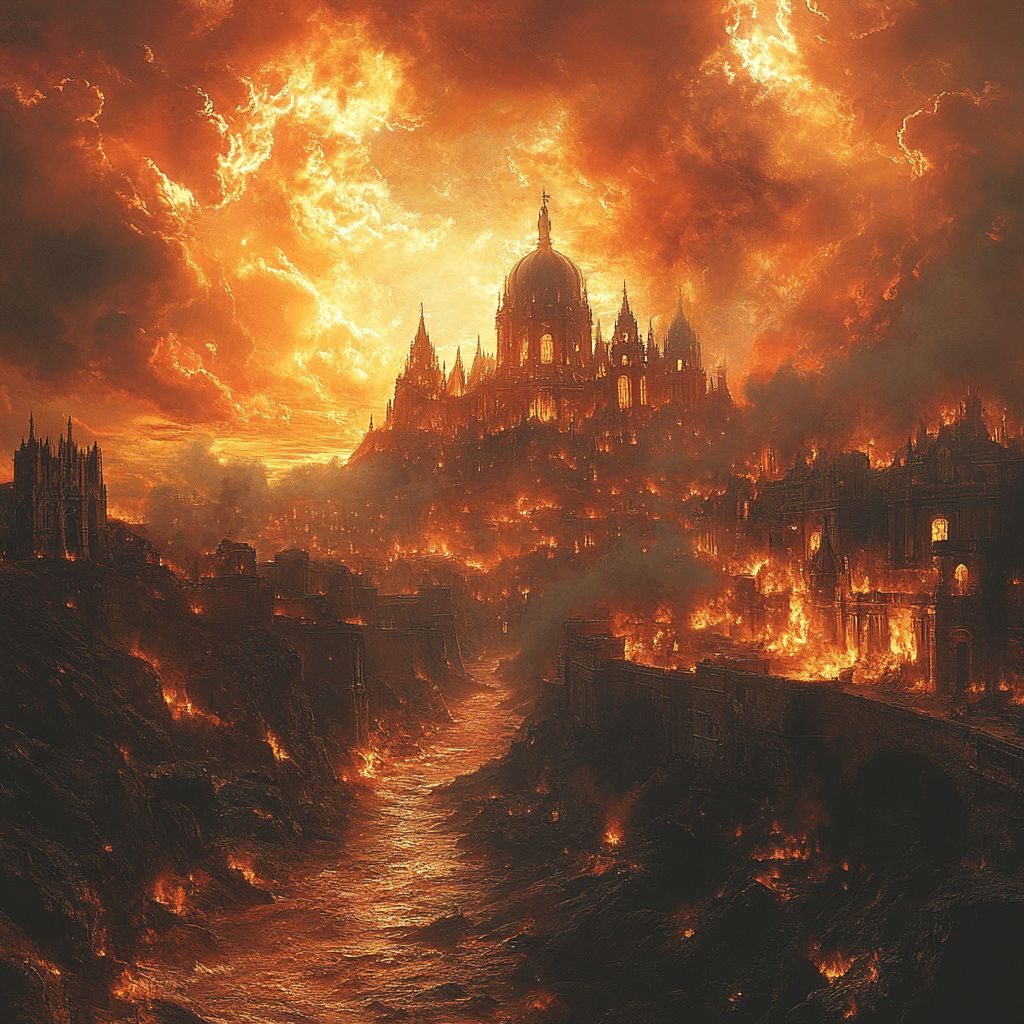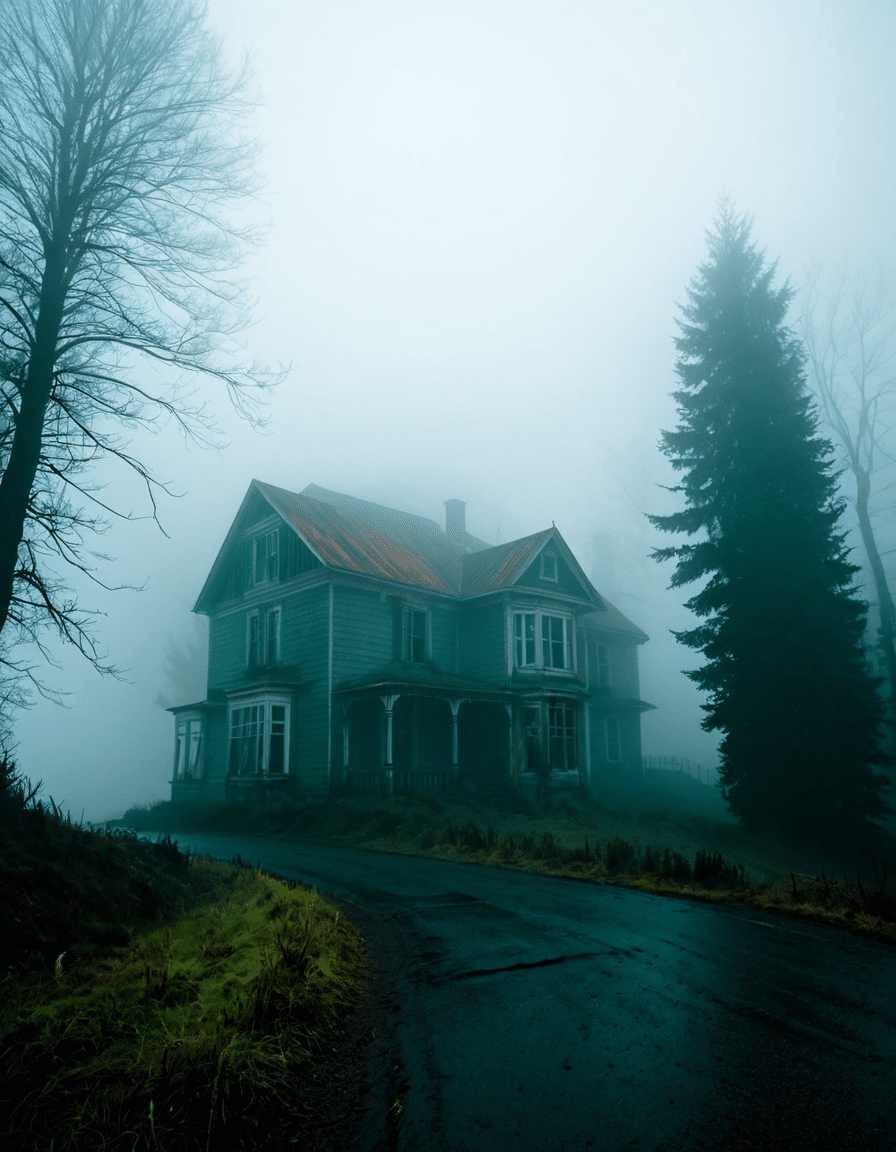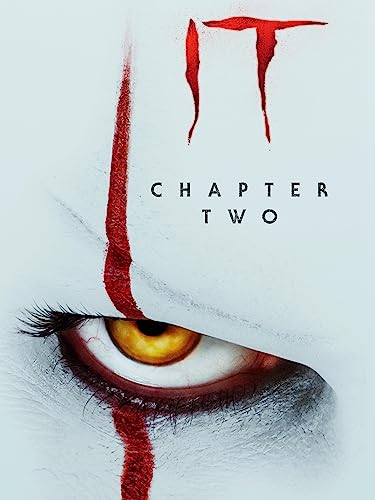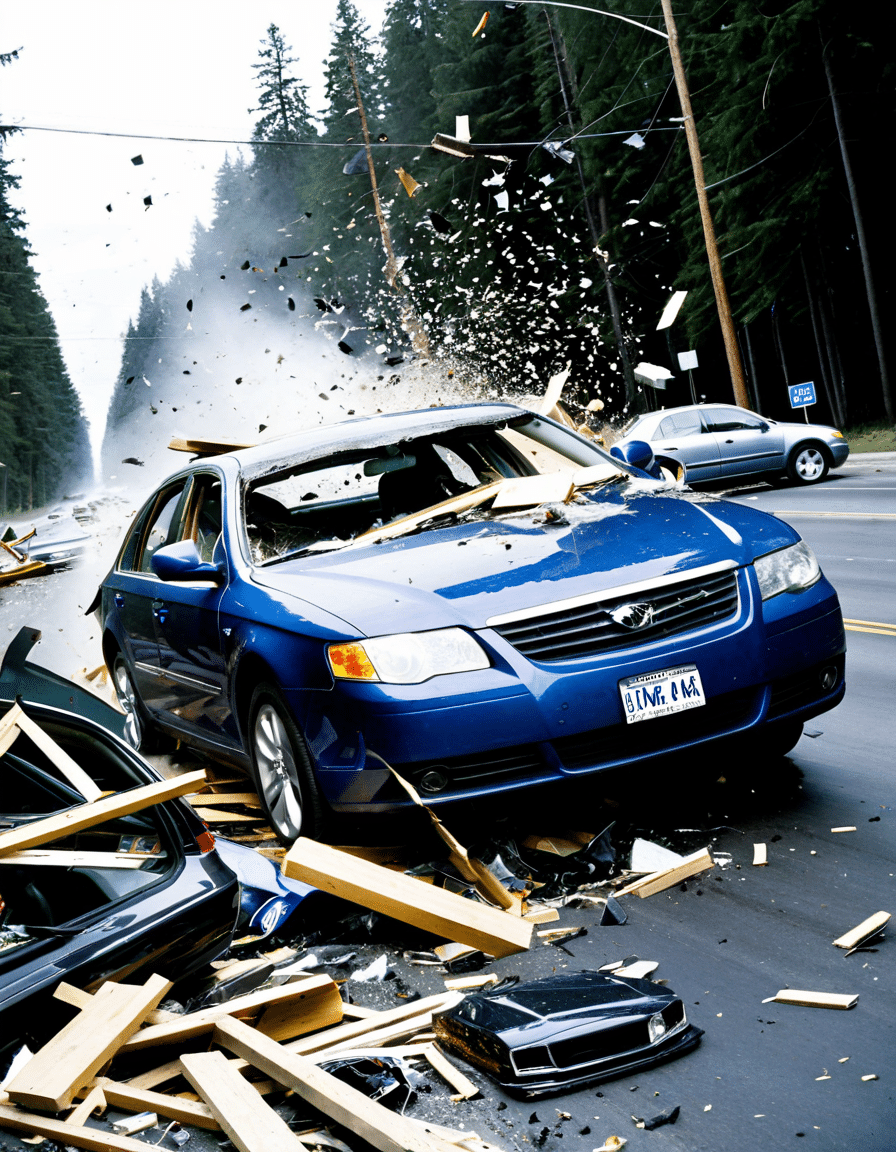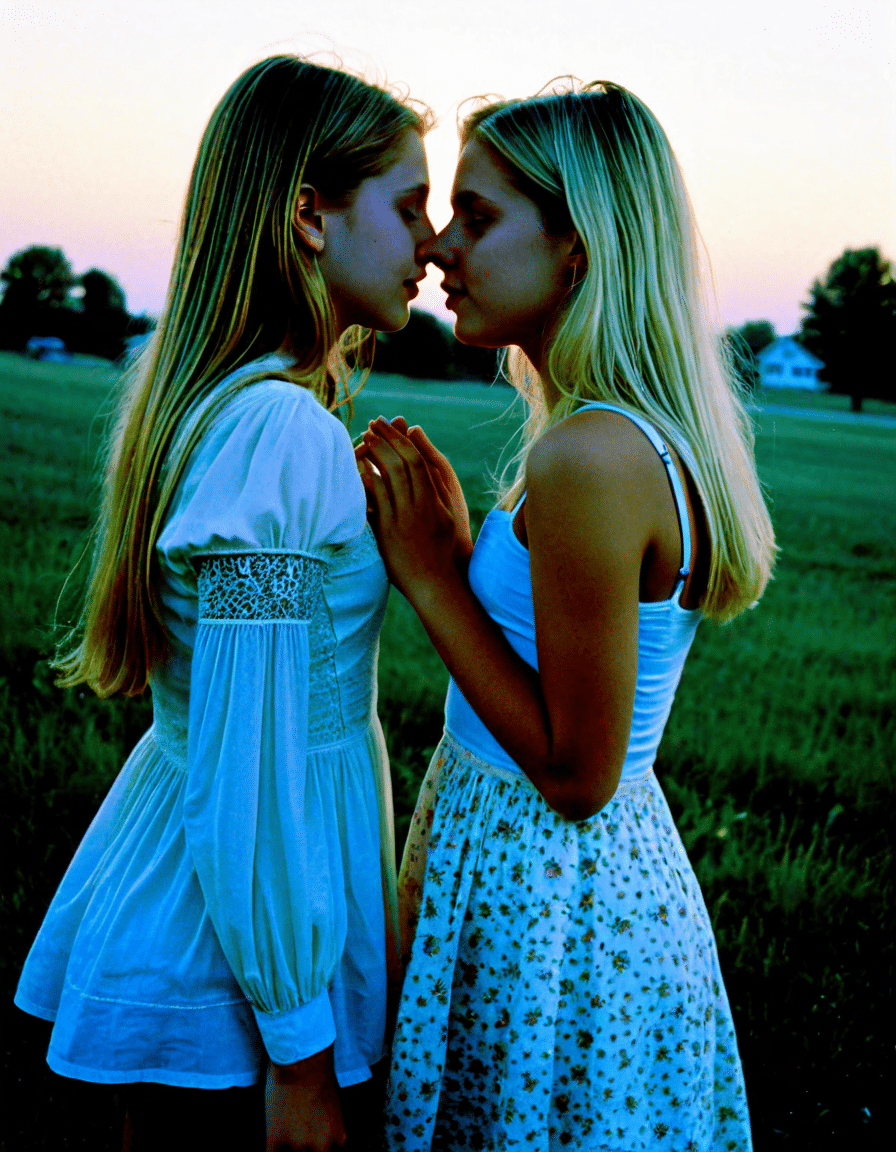
Understanding the Chernobyl Disaster: A Look at Its Lasting Impacts
Ah, the Chernobyl disaster—April 26, 1986, a day that marked one of the most catastrophic nuclear accidents in history. Imagine this: it was just a regular night at the Chernobyl Nuclear Power Plant in Ukraine, or so they thought. The plan was simple—a late-night safety test. But as fate would have it, things went sideways, leading to a massive reactor explosion and an unfortunate shower of radioactive materials over Europe. And boy, did that make waves! This article dives into the timeline of events, the immediate chaos that followed the explosion, how the plant workers responded, and the eventual evacuation of the nearby city of Pripyat.
After the explosion, chaos erupted as workers scrambled to contain the damage. Reports suggest that the initial response from plant operators was one of confusion and panic. Many operators didn’t realize the severity of what had transpired. Meanwhile, the world outside was blissfully unaware, leading to a delayed evacuation of Pripyat, just a couple of miles away from the plant. Residents were told it would only be a temporary evacuation, so many left their homes with nothing but a sense of normalcy. Little did they know, that was the last time many would see their city.
As news trickled out, the long-term repercussions became evident. The disaster not only impacted human lives but also posed massive ecological and health challenges. By the time the dust settled, it was clear that the repercussions of the Chernobyl disaster would echo through generations, affecting everything from lifestyle to politics.
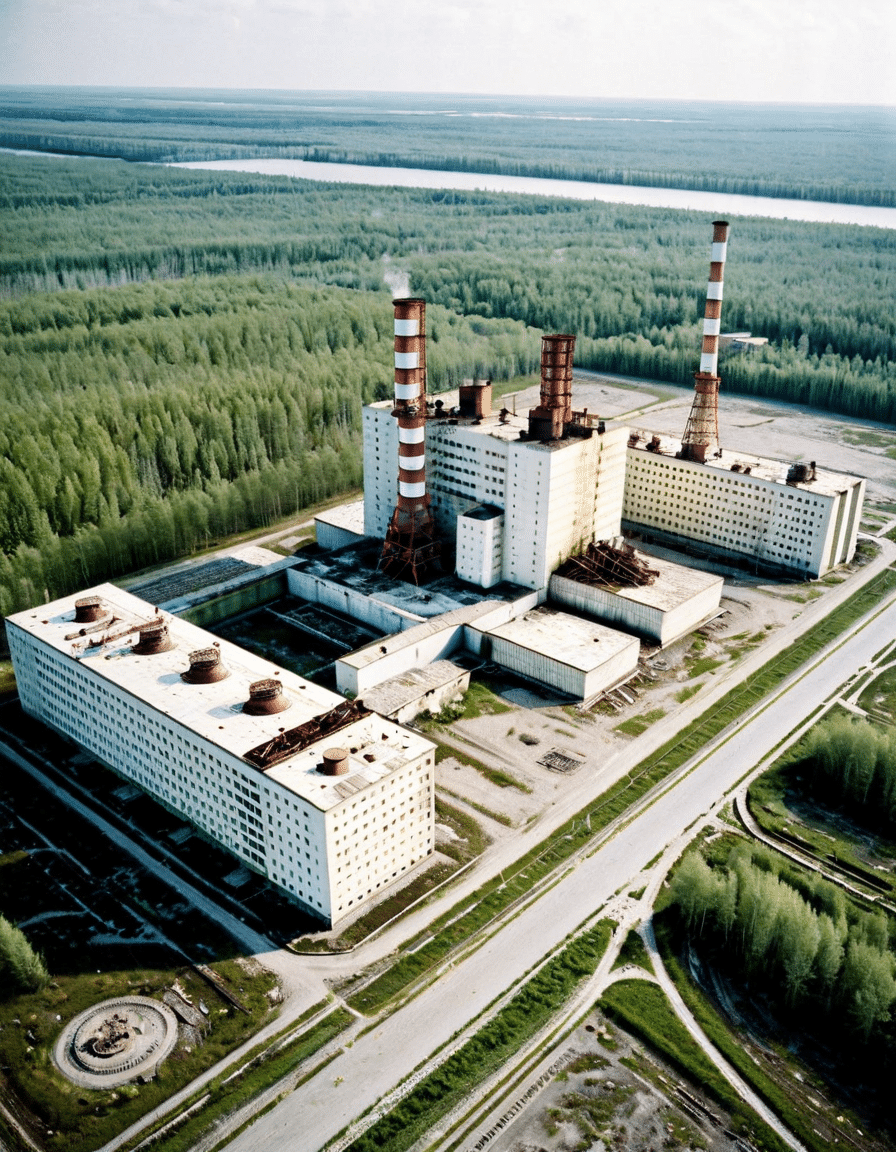
The Top 7 Shocking Secrets Behind the Chernobyl Disaster
Let’s dig into some jaw-dropping – and, let’s be honest, downright shocking secrets surrounding the Chernobyl disaster. Buckle up, because this ride’s about to get bumpy!
Talk about turning a blind eye! The disaster was made worse by a pervasive culture within the Soviet Union that neglected safety protocols. Engineers felt pressure to boost power output, which made safety a last-minute thought. Historical documents reveal that there were red flags everywhere. Multiple warnings went unheard, indicating that operator error was not just a single mistake but a culmination of systemic failure.
Human error? Oh, you betcha! While faulty reactor design was a huge part of the problem, it was the operators’ decisions that really sealed the deal. Anatoly Dyatlov, the supervisor of the ill-fated test, was a case study of dangerous pride. Forgetting crucial safety protocols, he insisted on running an experiment that was not just ill-conceived; it was a recipe for disaster. There’s a lesson here: don’t mix ignorance and arrogance when it comes to safety!
It seemed like a plot twist straight out of a movie, right? The Soviet Union downplayed the explosion’s severity, leading to unnecessary delays in evacuations and panic. Officials opted to maintain a façade of control, allowing hundreds of thousands to be exposed to radiation without their consent. Imagine waking up one day and learning you’d been unwittingly affected by a disaster you knew nothing about! The political spin that ensued made recovery all the more difficult for everyone involved.
Now let’s talk about the health impacts. Reports estimate that thousands of thyroid cancer cases in affected areas can be traced back to the Chernobyl disaster. According to a detailed health report by the World Health Organization, about 5,000 additional cancer deaths might occur among the exposed. But the psychological side effects are just as alarming, with many survivors experiencing profound stress and anxiety. The numbers may terrify, but the human stories are even more chilling.
Here’s a plot twist: some wildlife in and around Chernobyl has thrived since the disaster. Imagine that! Areas once bustling with humans now belong to wolves and wild boars, creatures bouncing back thanks to a drop in human activity. However, the land remains heavily contaminated. Scientists are now scratching their heads, reevaluating how some species manage to survive despite high radiation levels. It’s a poignant reminder that life, for better or worse, finds a way.
What’s more unsettling? The hasty construction of a concrete sarcophagus to contain the wreckage. Designed to last just thirty years, this temporary fix served as a grim reality check—it showed just how unprepared officials truly were in the wake of the disaster. Fast forward to today, and the New Safe Confinement structure completed in 2016 offers a much-needed upgrade to manage the radioactive debris. Safety is an ongoing battle, it seems!
Chernobyl’s haunting legacy has made for some gripping narratives in film and literature. HBO’s miniseries “Chernobyl” reignited public interest and sparked new debates about nuclear energy. Documentaries shed light on the human toll, making the event more relatable. It’s fascinating how storytelling can both inform and captivate, turning dreadful events into powerful lessons for future generations to ponder.
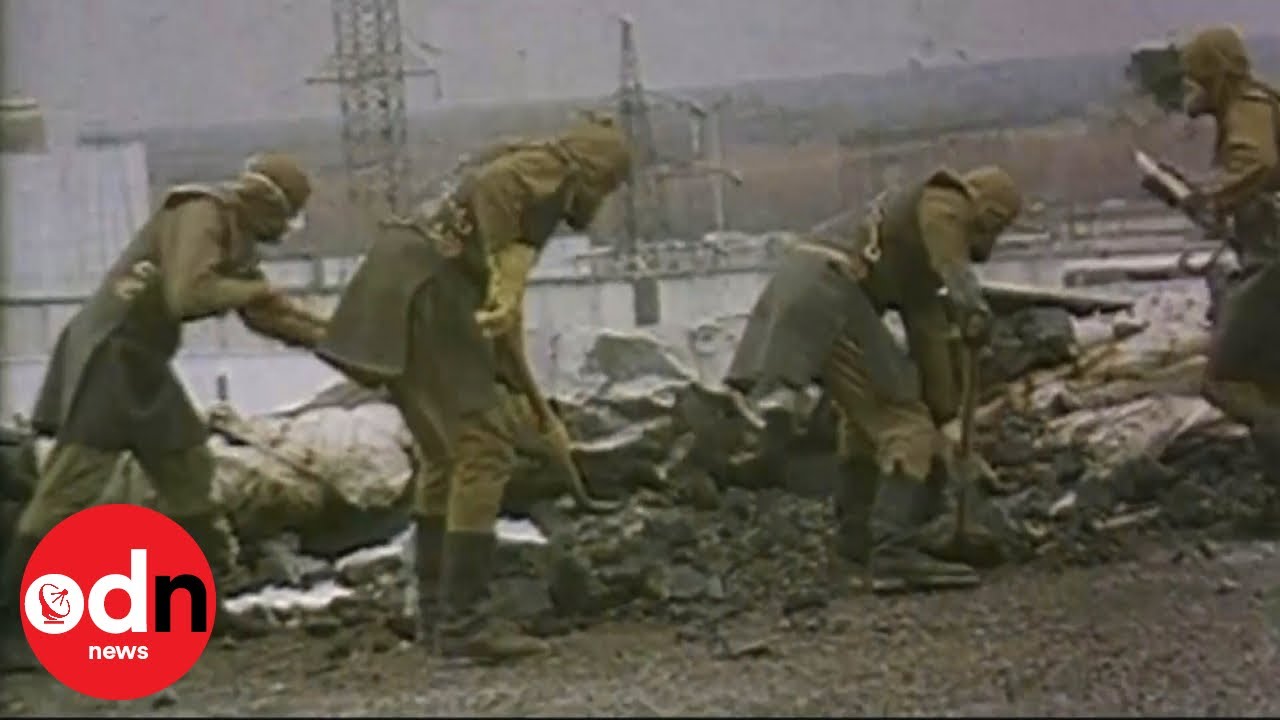
The Ongoing Narrative of Chernobyl
The Chernobyl disaster is not just a historical footnote; it continues to linger in our collective consciousness, a stark reminder of the dangers of negligence and irresponsibility. It raises essential questions about the future of nuclear energy and environmental integrity. As we uncover these hidden truths and multifaceted impacts, we see that it’s not merely a tragedy, but also a conversation starter about safety, transparency, and our responsibility to protect our planet.
Reflecting on Chernobyl reminds us how interconnected our lives are. With every film that dramatizes the disaster, like Hobbit, and every article that seeks to explain it, we keep the spirit of learning alive. Whether through factual reports or cinematic depictions, the lessons from Chernobyl serve as an evergreen reminder that humanity must tread lightly in a world filled with technological wonders, ensuring we remain vigilant and empathetic as we navigate our shared future.
It’s an ongoing narrative that deserves attention, and as we analyze its profound impacts, one thing becomes clear: we can’t ignore the past if we want to create a safer future. Here’s to hoping we learn from this colossal misstep before another tragedy unfolds!
So, the next time you see a story about the High School musical cast or catch a movie at Cinemark 18 And Xd, remember the broader conversations around us. Just like reclaiming forgotten cities, learning from our past is a journey we all must take—no matter how shocking it may be!
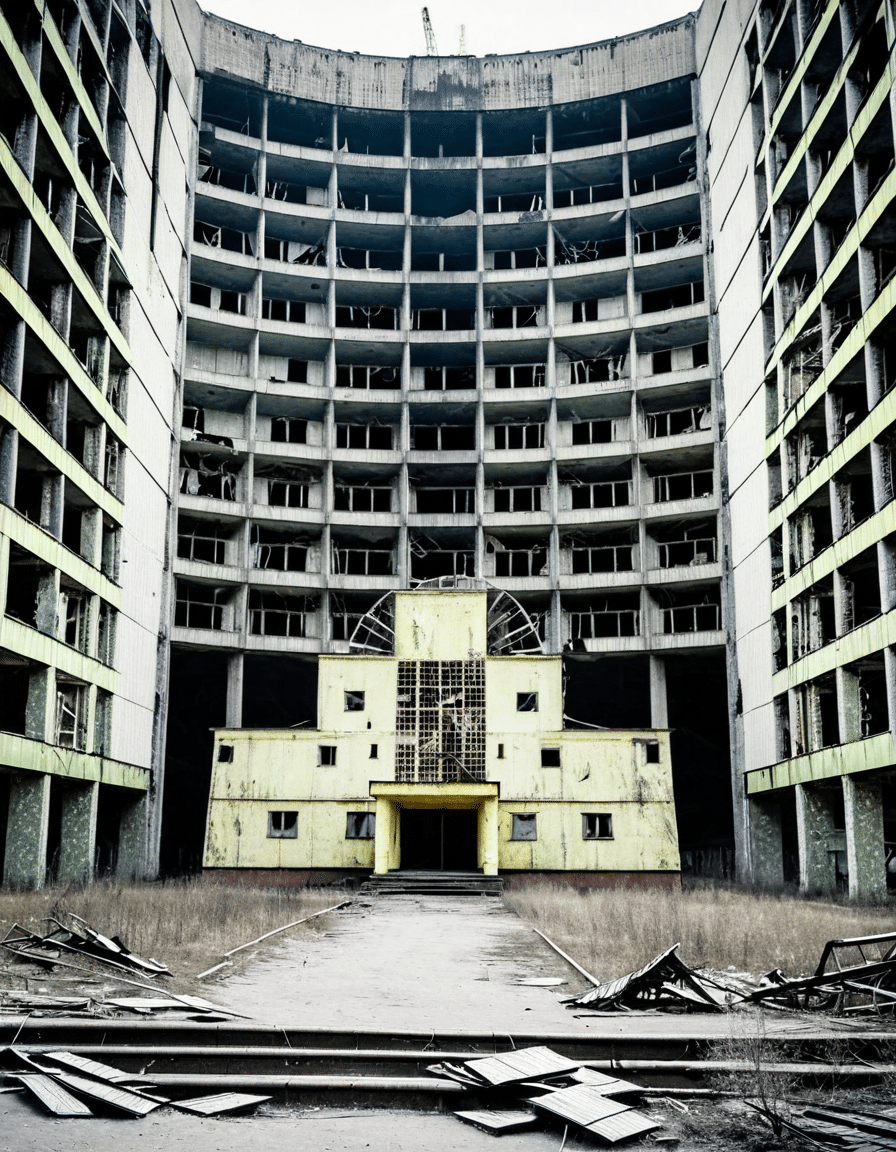
Chornobyl Disaster: Shocking Secrets Behind Nuclear Tragedy
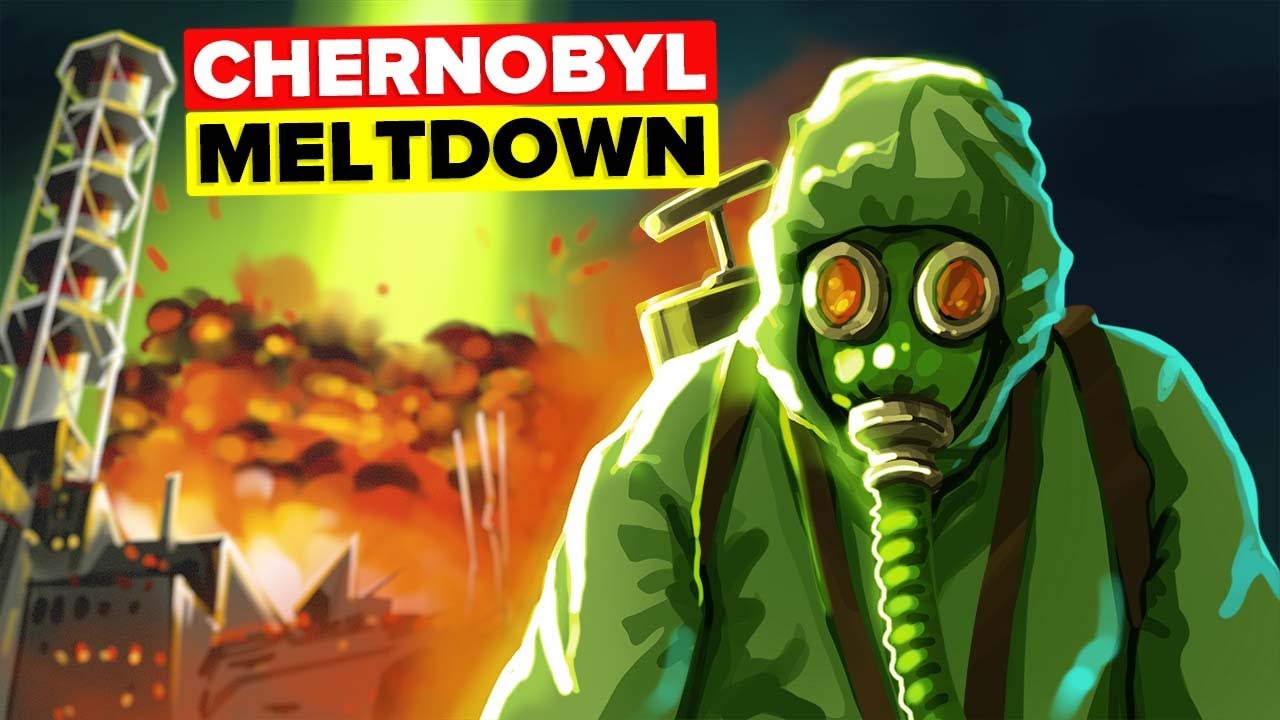
Intriguing Facts That’ll Blow Your Mind
The Chornobyl disaster isn’t just a historical footnote; it’s a tale woven with remarkable twists and legacies. Did you know that in the immediate aftermath, a team of brave firefighters confronted the fiery reactor core, risking their lives to save their community? They became the unsung heroes of the tragedy. Some of these individuals went on to face severe health issues due to radiation exposure, illuminating the long-term impacts of the disaster, much like how pop culture icons like Dayton Callie shine in their own narratives.
Interestingly, environmental changes following the disaster led to unexpected growth of wildlife in the exclusion zone. Nature reclaimed its territory, leading to a phenomenon often referred to as the “Chernobyl effect.” This unintentional wildlife sanctuary reminds us of how resilient life can be, echoing themes found in storytelling, like the charming resilience of Groot from the Marvel universe. As shocking as it sounds, the town of Pripyat, which once was home to over 49,000 people, remains abandoned. It’s now a chilling reminder of what once was and serves as a reminder of the longer-lasting effects of the Chornobyl disaster, tying back to how our cultures reflect on time and change.
Chilling Legacy and Ongoing Secrets
As the years rolled by, various conspiracy theories emerged, proposing everything from government cover-ups to alien involvement. Some enthusiasts speculate that the truth behind the disaster’s occurrence and the subsequent information blackout might be more layered than we realize—almost like the complex storylines of a gripping movie. Keeps you thinking, doesn’t it? Speaking of layered narratives, the aftermath has surprisingly given rise to cultural phenomena, including art and pop culture references, similar to how unique personalities like Kaitlyn Krems shape the entertainment landscape today.
And here’s a fun tidbit: many visitors today indulge in bizarre but delightful activities within the exclusion zone, such as trying out local delicacies or snapping photos with a backdrop of abandoned buildings. It’s like a twisted version of gourmet tourism, akin to indulging in those 2048 Cupcakes that make for delicious Instagram posts. This mix of history and wild exploration reflects our fascination with human stories and nature’s reclaiming of space, painting a vivid picture of resilience and human folly that continues to captivate audiences worldwide.
Indeed, the lessons from the Chornobyl disaster extend far beyond the event itself, urging society to reconsider our relationship with technology and nature. How fascinating is it that what started as a catastrophic event could lead to so many discussions, memories, and lessons learned?
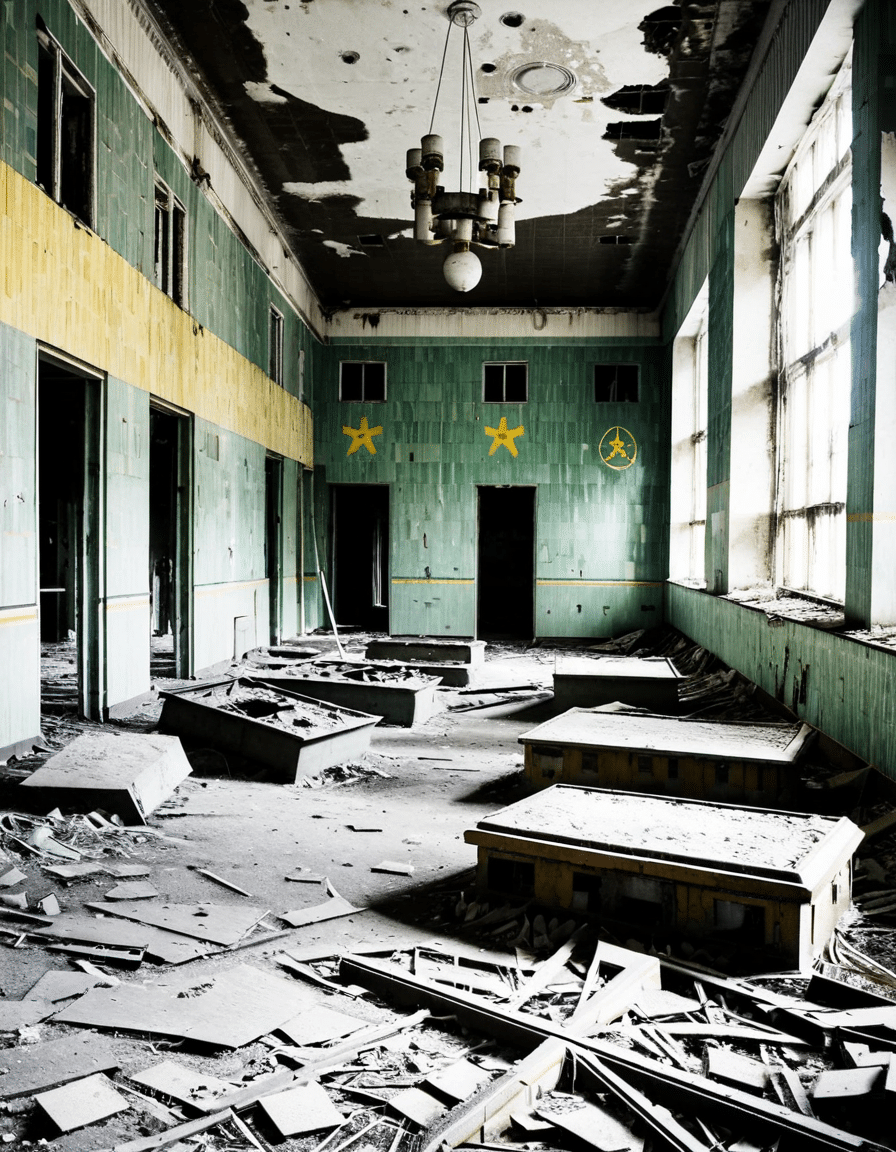










![Cowboys and Angels [DVD]](https://www.motionpicture-magazine.com/wp-content/uploads/2023/12/Cowboys-and-Angels-DVD.jpg)
